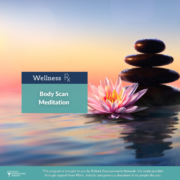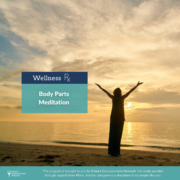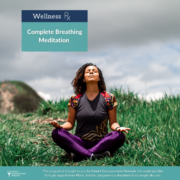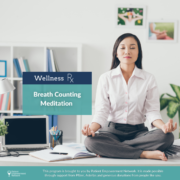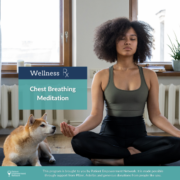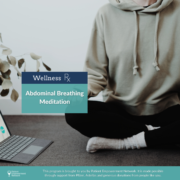Compassion Meditation
Compassion Meditation from Patient Empowerment Network on Vimeo.
Learn about cultivating love and tenderness towards others and bolstering feelings of connectedness as well as understanding and acceptance of others. Support your overall psychological and emotional well-being. Watch now.
See More from Rx for Community Wellness
Transcript:
Greetings everyone. Thank you for joining this Patient Empowerment Network program. In this practice session we will be focusing our attention on directing compassion towards another.
Compassion is having tenderness towards someone who is suffering along with a heartfelt desire to alleviate their suffering. In this practice we will be offering this compassion towards someone who is dear to ourselves. Bring to mind someone in your life who is suffering. Someone is going through challenging time. Who may be struggling with discomfort or distress? Picture them in your mind and allow yourself to feel a tender caring for their wellbeing. Allow yourself to hold them in your heart. Feeling their presence.
To your level of comfort, allow yourself to feel into their discomfort, their pain, their suffering. Doing so without overwhelming yourself with their pain, with their suffering. So, doing so to your level of comfort. Feeling your heart continuing to open to them. Wishing them well. Extending your tenderness and compassion towards them in their pain and wishing them well. Wishing them well. Repeating the following phrases or modify them to meet your heart’s sincere desire for their wellbeing: May you be held in compassion, May your pain and sorrow be eased, May your heart be at peace, May you be free from suffering.
Again, you modify any of those phrases that are suitable for your desire for their wellbeing. Repeating to yourself with a tender heart. Bringing this practice to a close. Releasing the phrases and noticing how you feel. Gently open your eyes. We hope you have enjoyed this Patient Empowerment Network program

